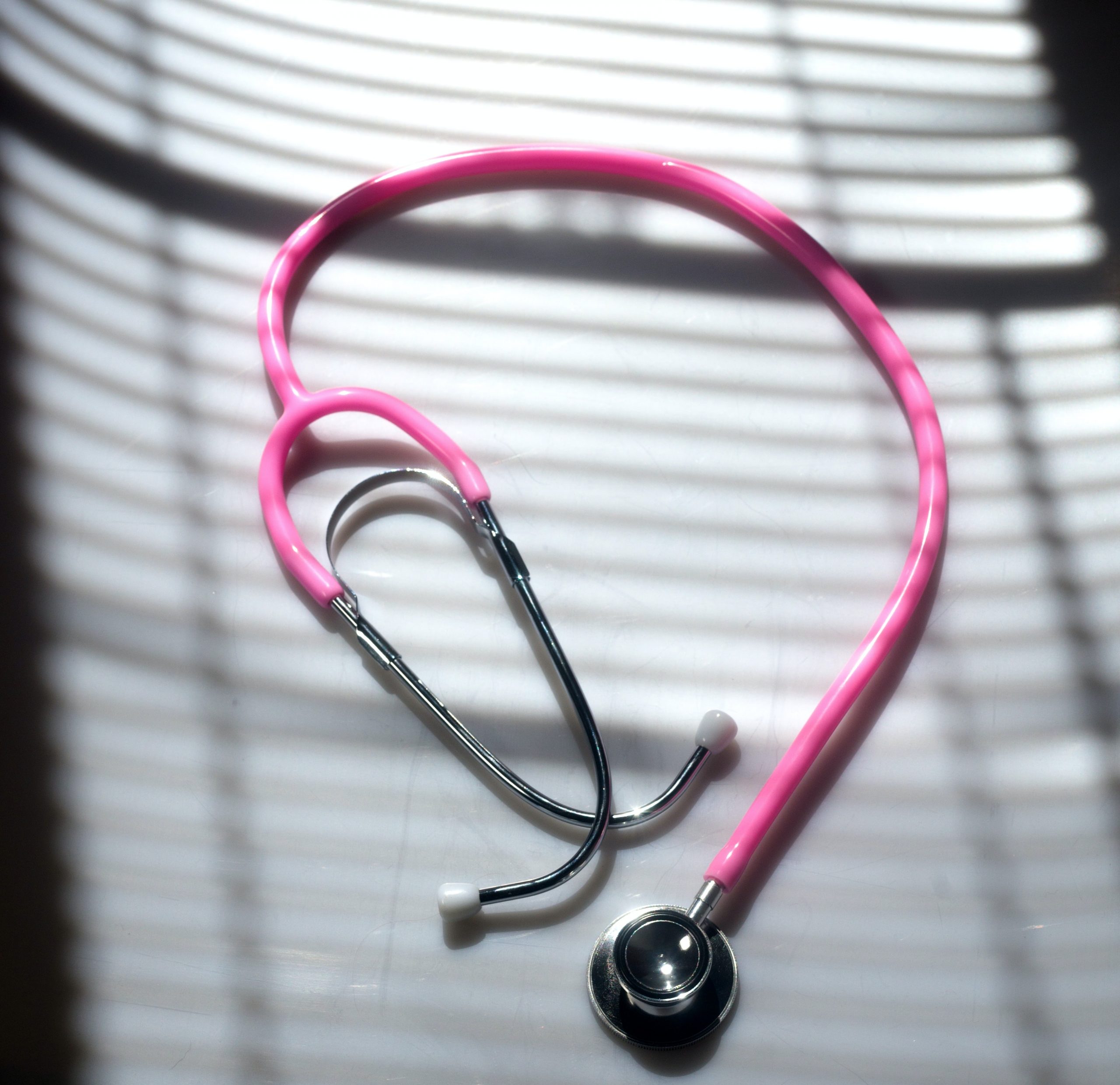
Vital signs measure the body’s basic functions, including temperature, blood pressure, respiratory (breathing) and pulse rate. Normal vital sign ranges vary by age, sex, BMI and overall health. Vital signs are often the first steps healthcare professionals take in a medical exam or evaluation. Vital signs are critical because they provide medical experts with clues about underlying conditions affecting your health. They also indicate whether you’re showing any progress toward recovery. As a medical assistant, you might frequently be called upon to take patients’ vital signs before checkups and procedures. Let’s take a closer look.
Vital signs monitoring provides critical information about your body, allowing doctors and those in medical assistant programs to understand better and observe their patient’s health levels using vital signs monitoring equipment. Measuring vital signs allows healthcare professionals to quickly make a baseline assessment of the function of your vital organs, including the circulatory and respiratory systems. Many types of health conditions can cause irregular vital signs, allowing medical professionals to immediately detect that patients might be in less-than-ideal health. Because many different medical conditions have similar or overlapping symptoms. Tracking a patient’s vital signs provides medical experts with essential information they can use to assess your health and give the correct diagnosis.
Although it’s possible to check some vital signs without any specialized equipment, such as by touching a patient’s wrist to check their pulse, medical professionals use various devices to get a complete and accurate picture of patients’ vital signs. These can include:
When researching vital signs machines, you should keep a few things in mind when buying the equipment. First, you should determine the data you want to collect and why. The next step is determining what extra features the vital signs machine should have and what brands to trust.
Although any medical professional will be thoroughly familiar with how to check vital signs, medical assistants often have the responsibility of taking patients’ vitals and notating the results at the beginning of appointments and before medical procedures.
IMBC’s Medical Assisting Technician program trains students on how to complete administrative and clinical tasks like checking vital signs in the offices of physicians, hospitals, and other healthcare facilities. Medical assisting technicians work with patients, doctors, and nurses to support positive patient outcomes, provide great customer service, and ensure efficient healthcare offices. The program can be completed in about a year and a half. Toward the completion of your program, all students will participate in an internship that lets you practice your new skills in a real healthcare setting with professional supervision. For more information, contact us today.
More medical assisting